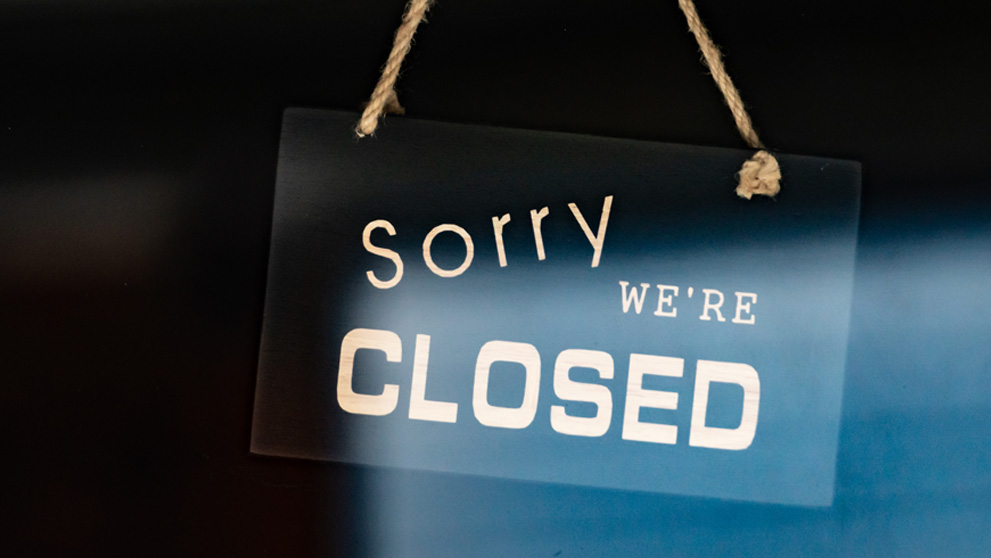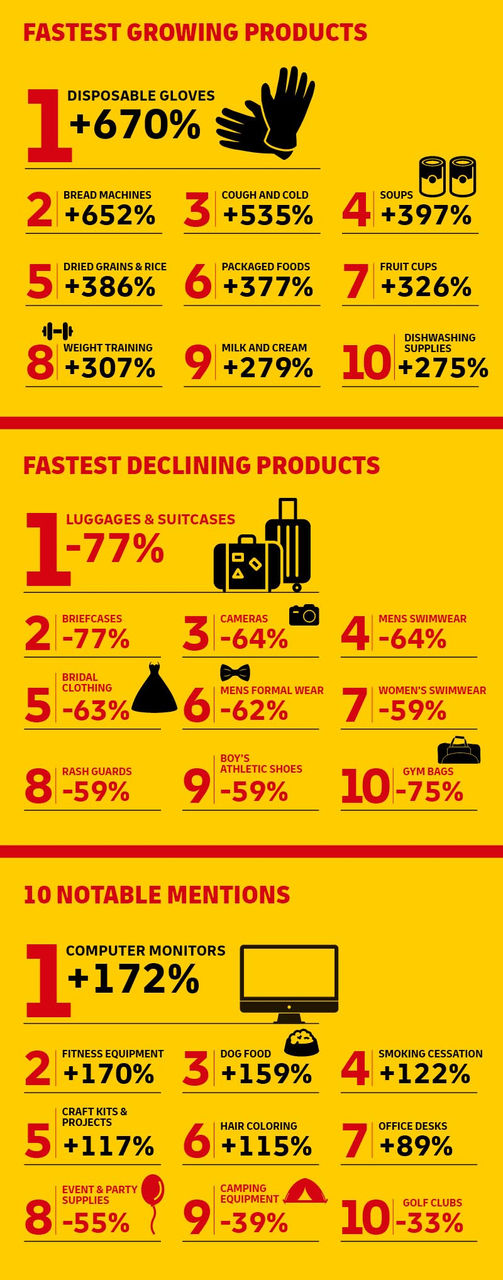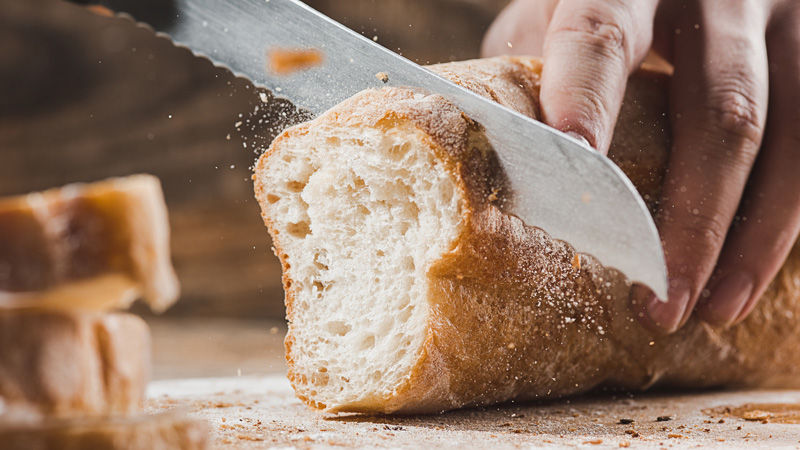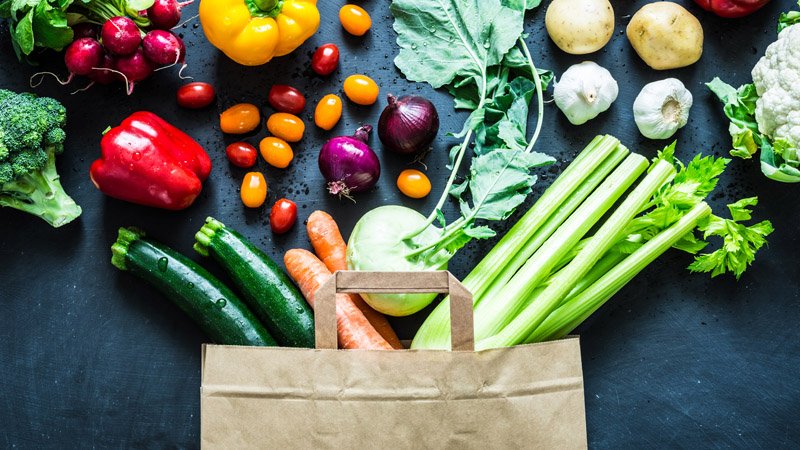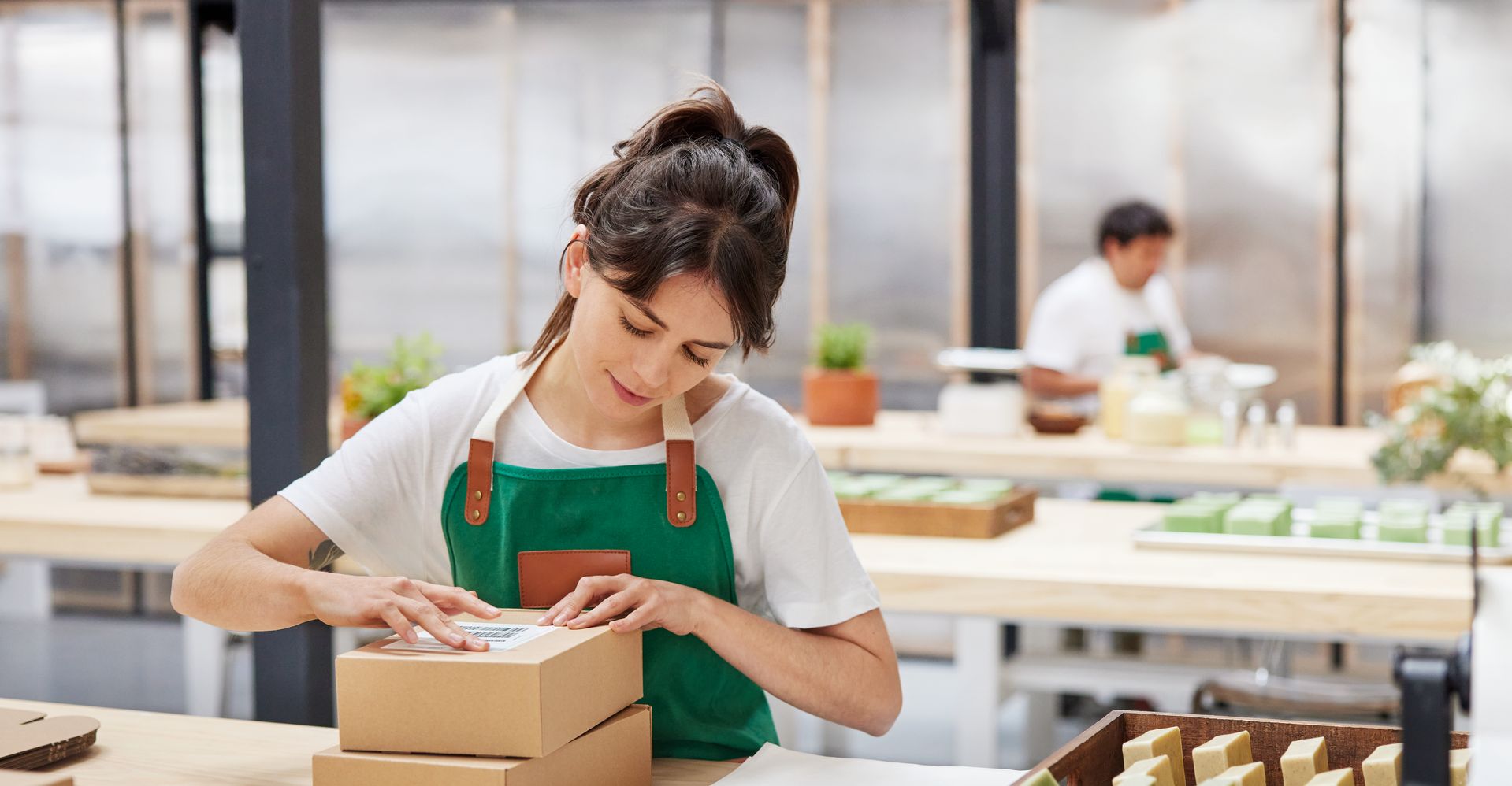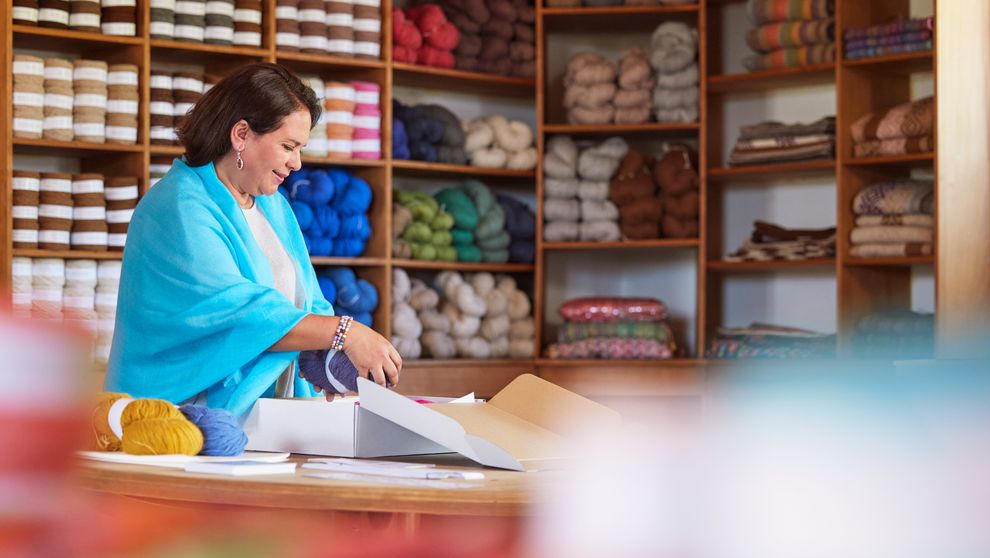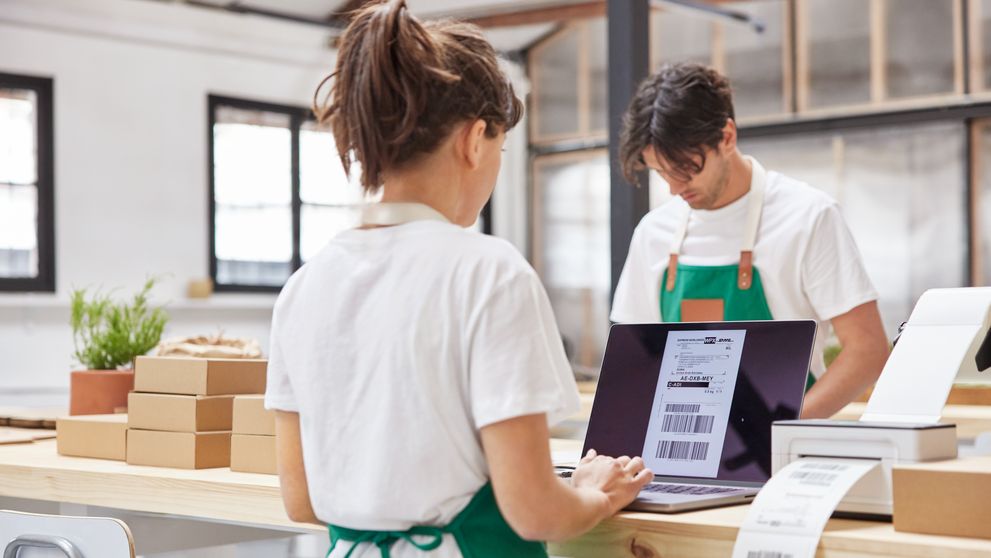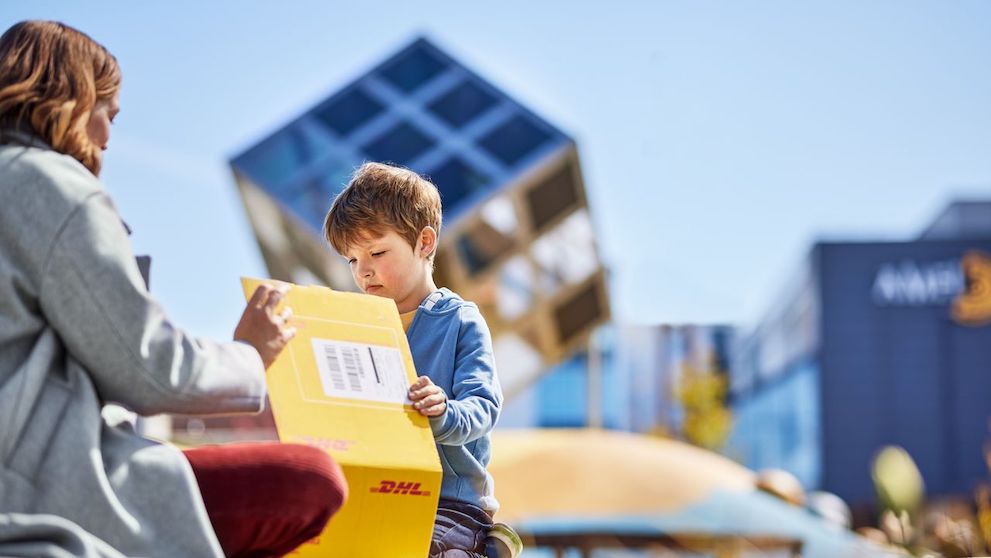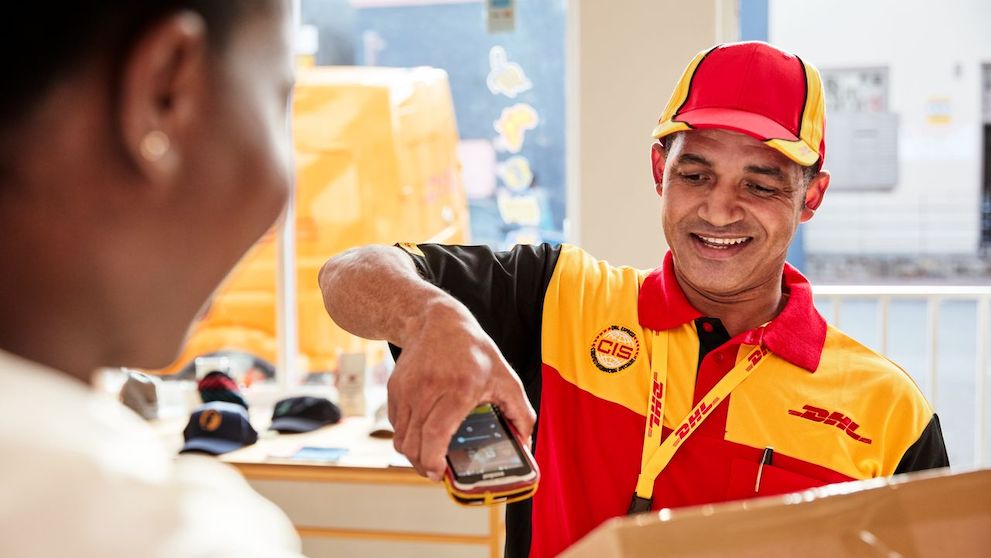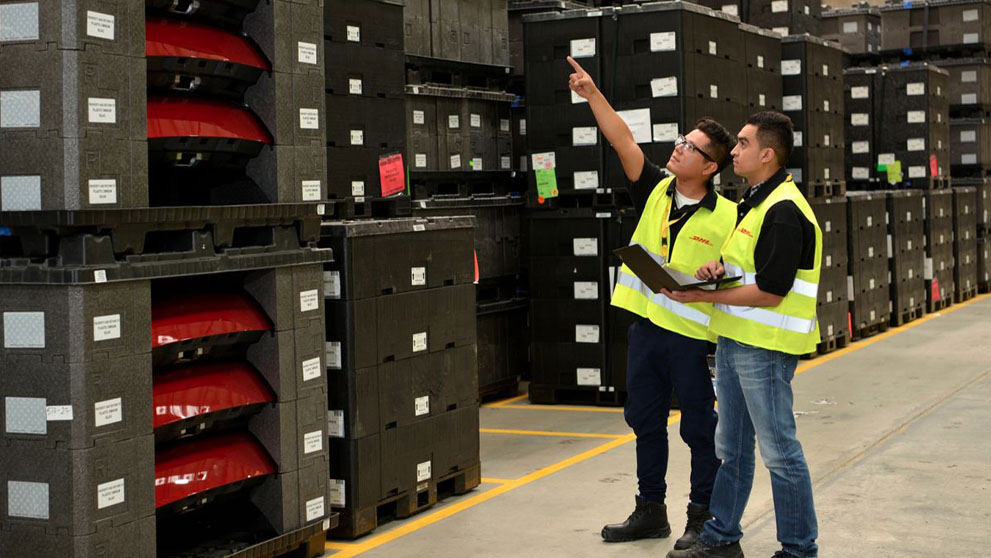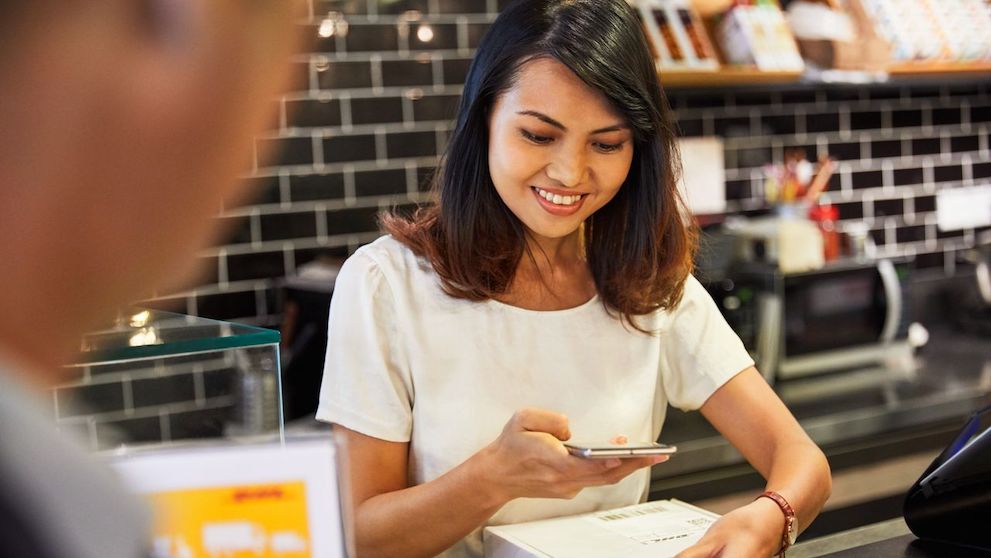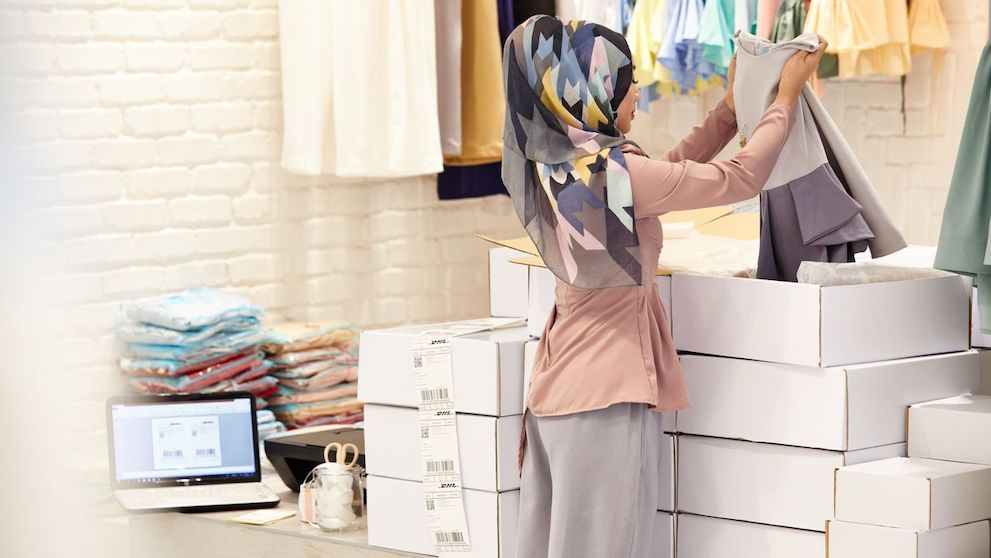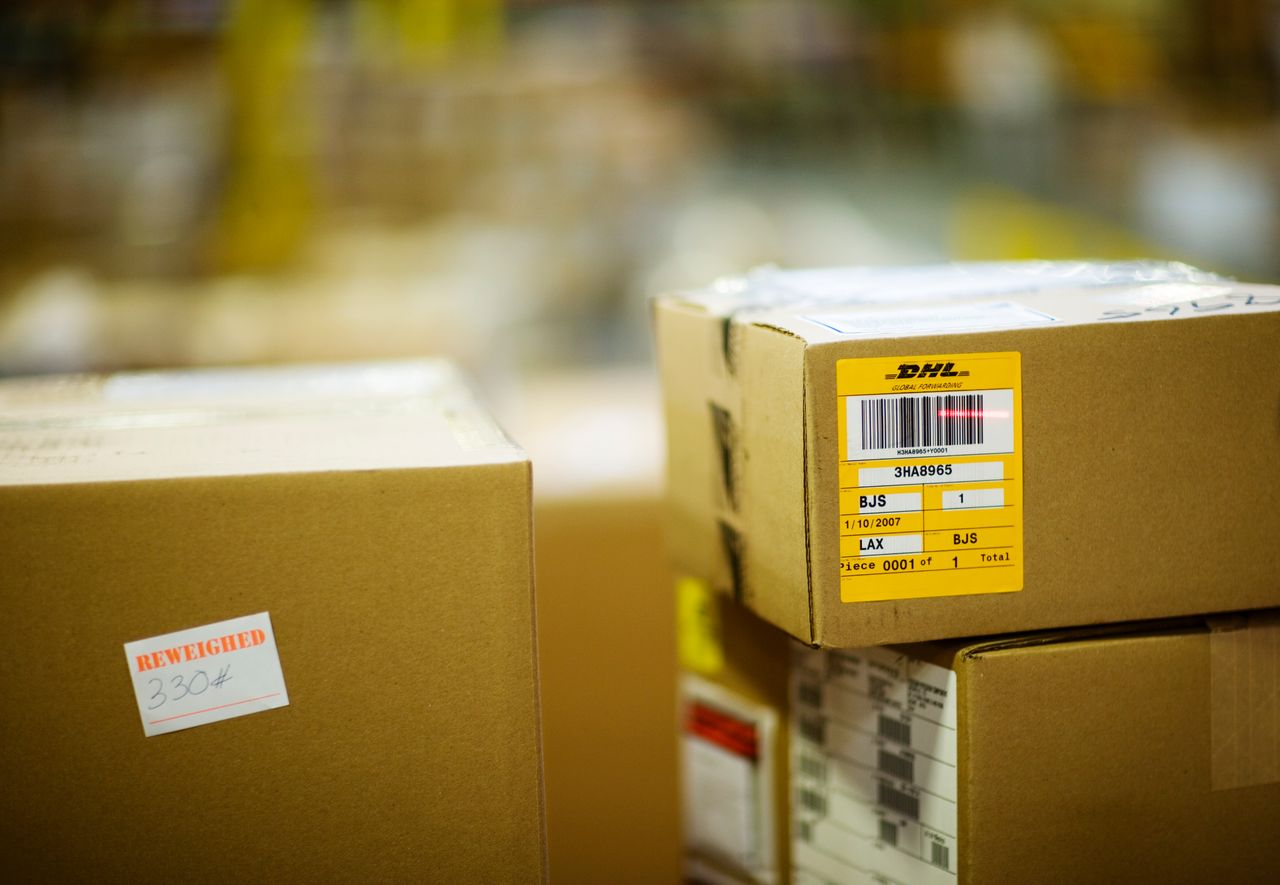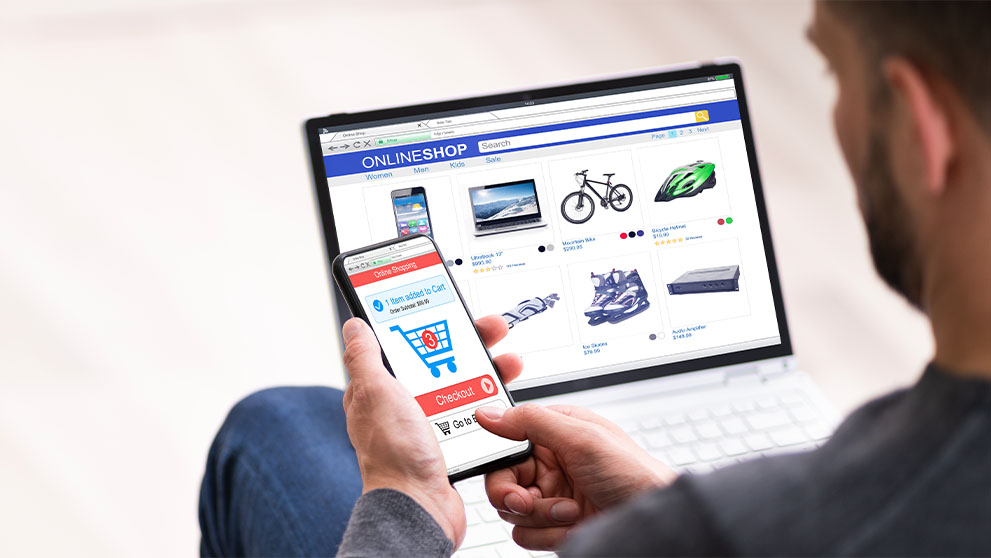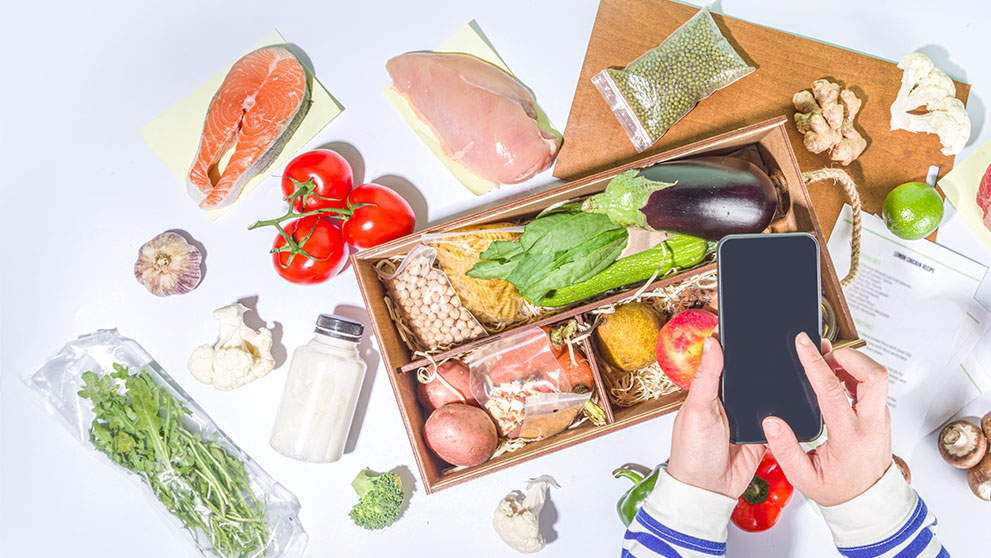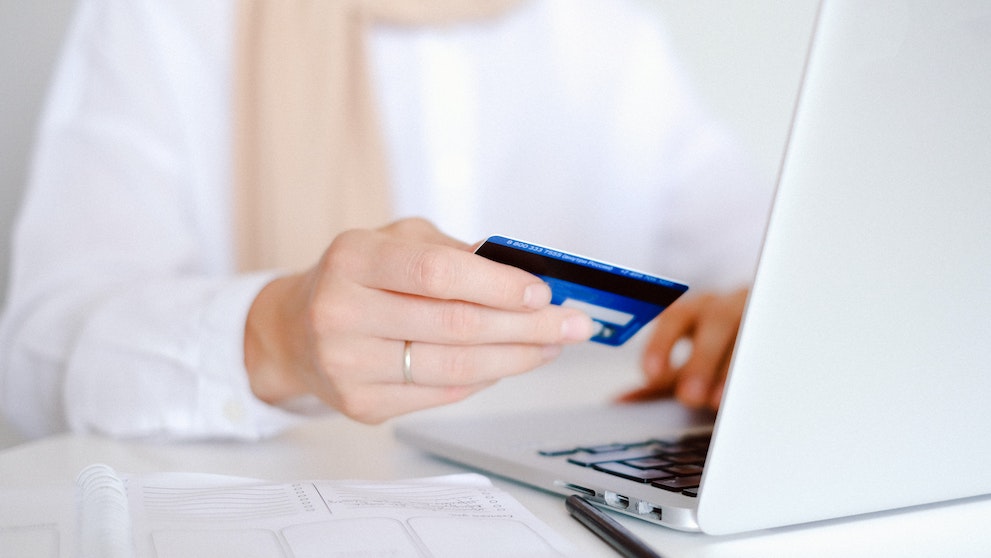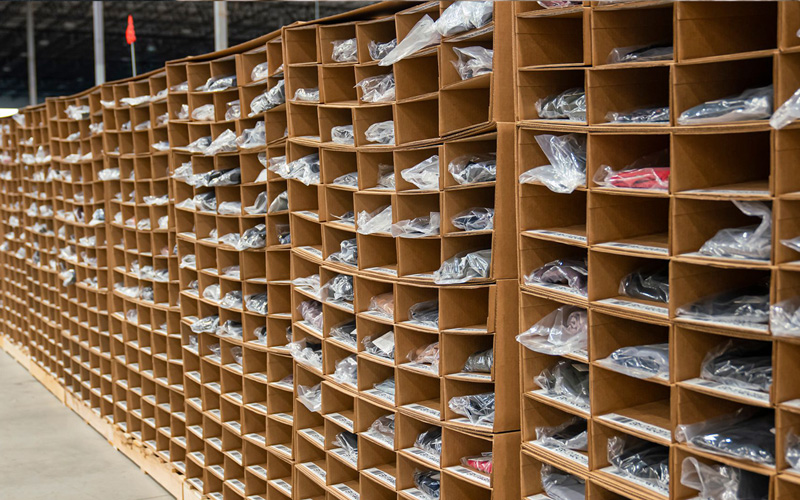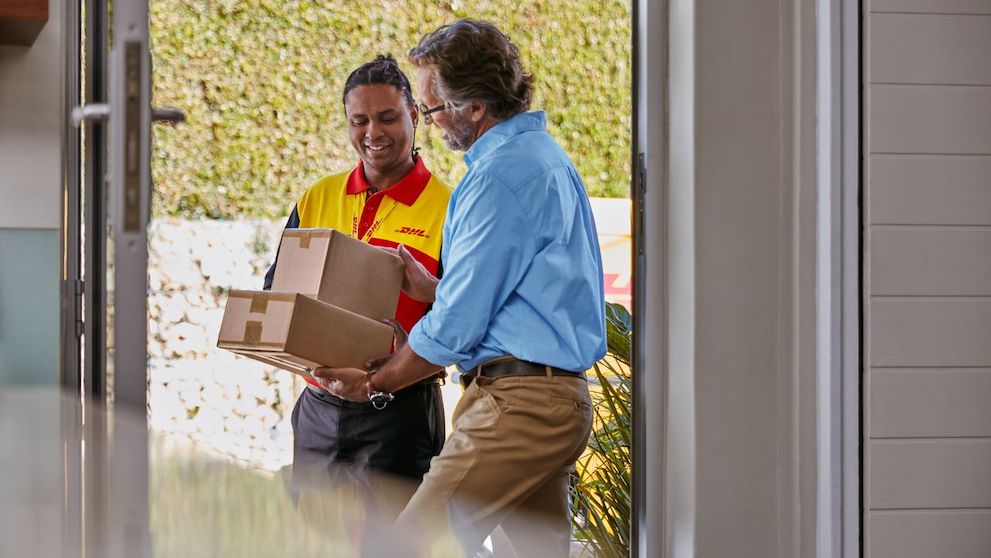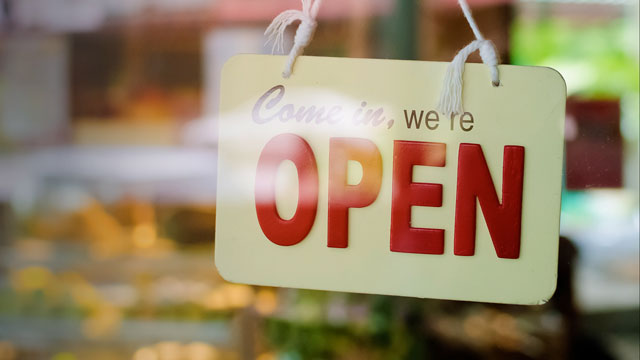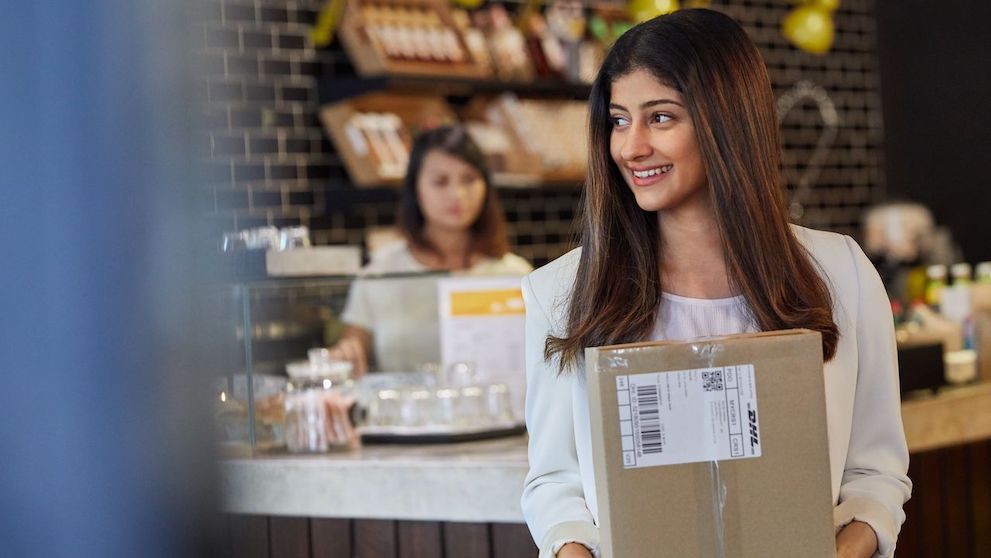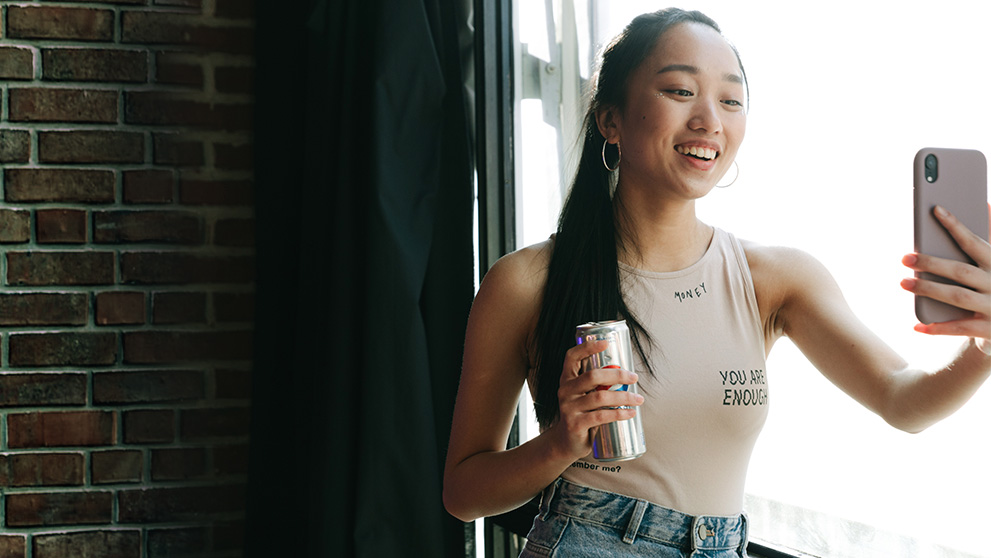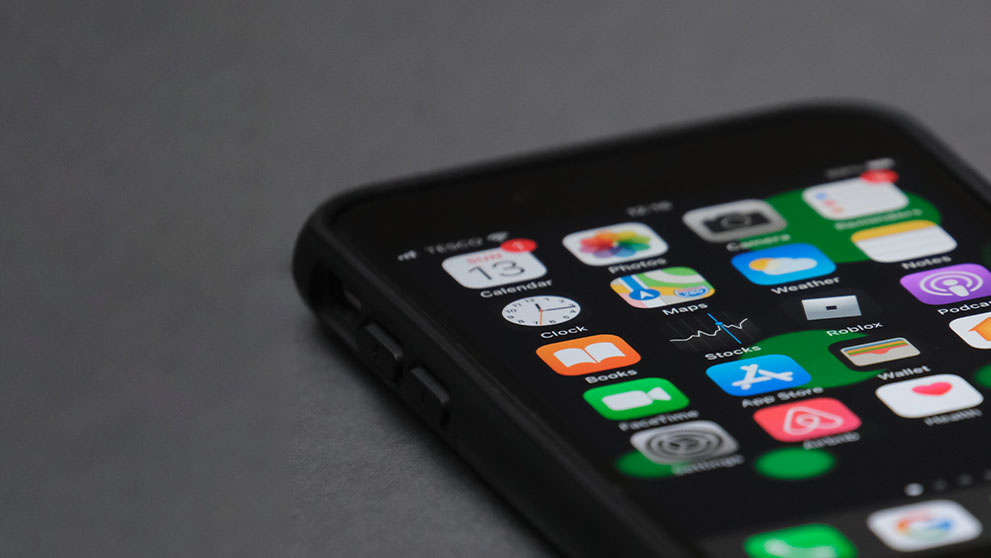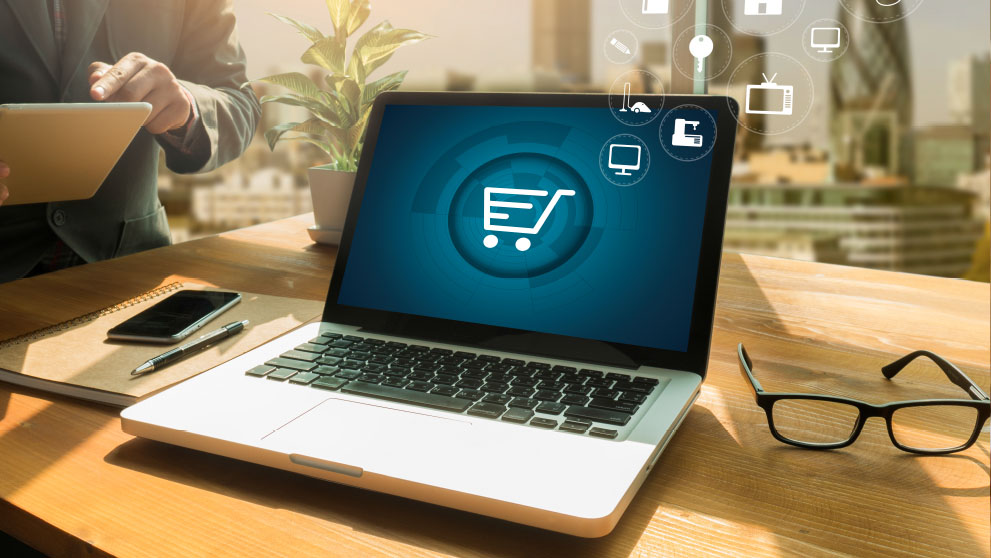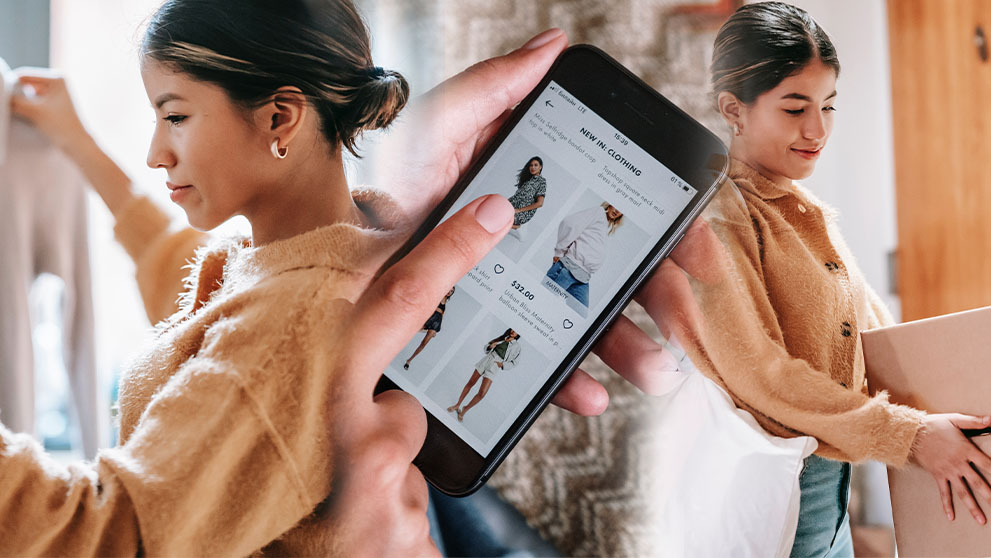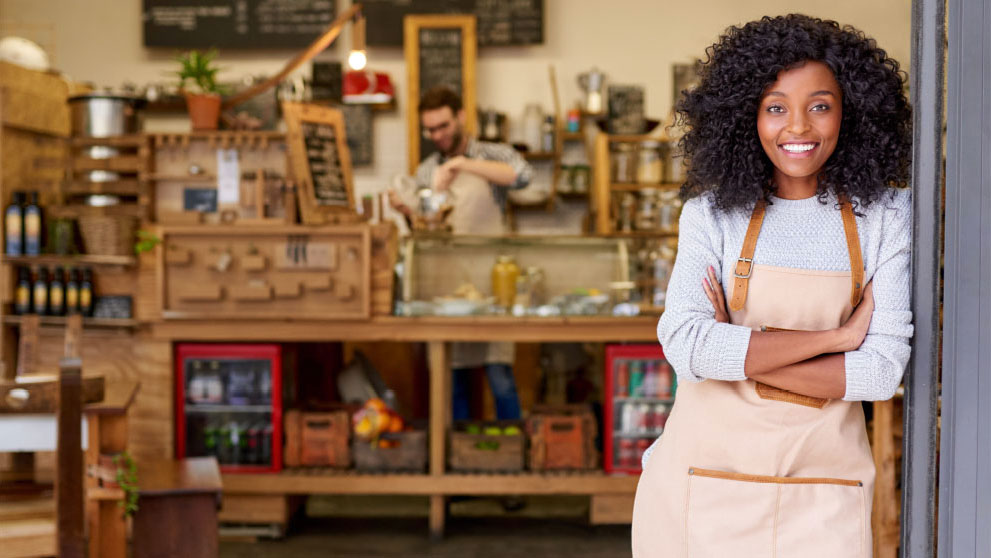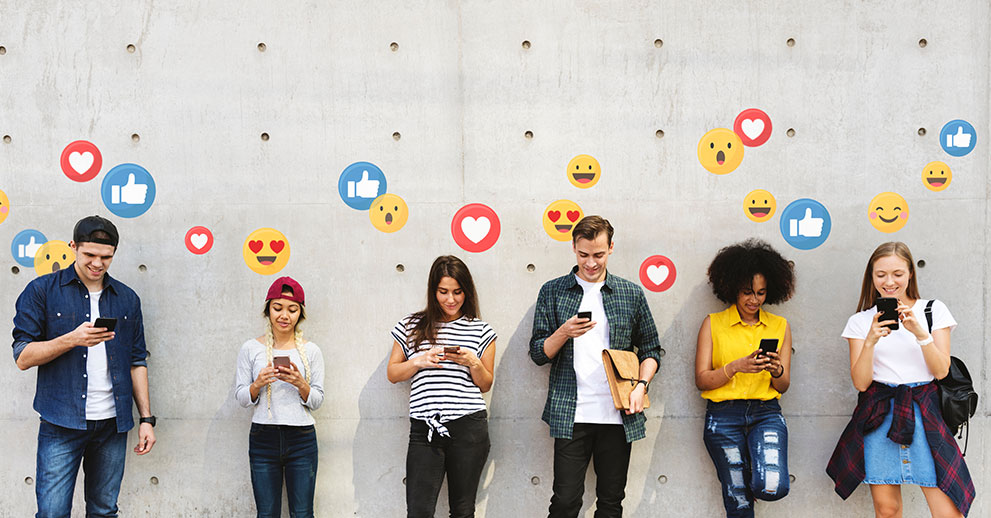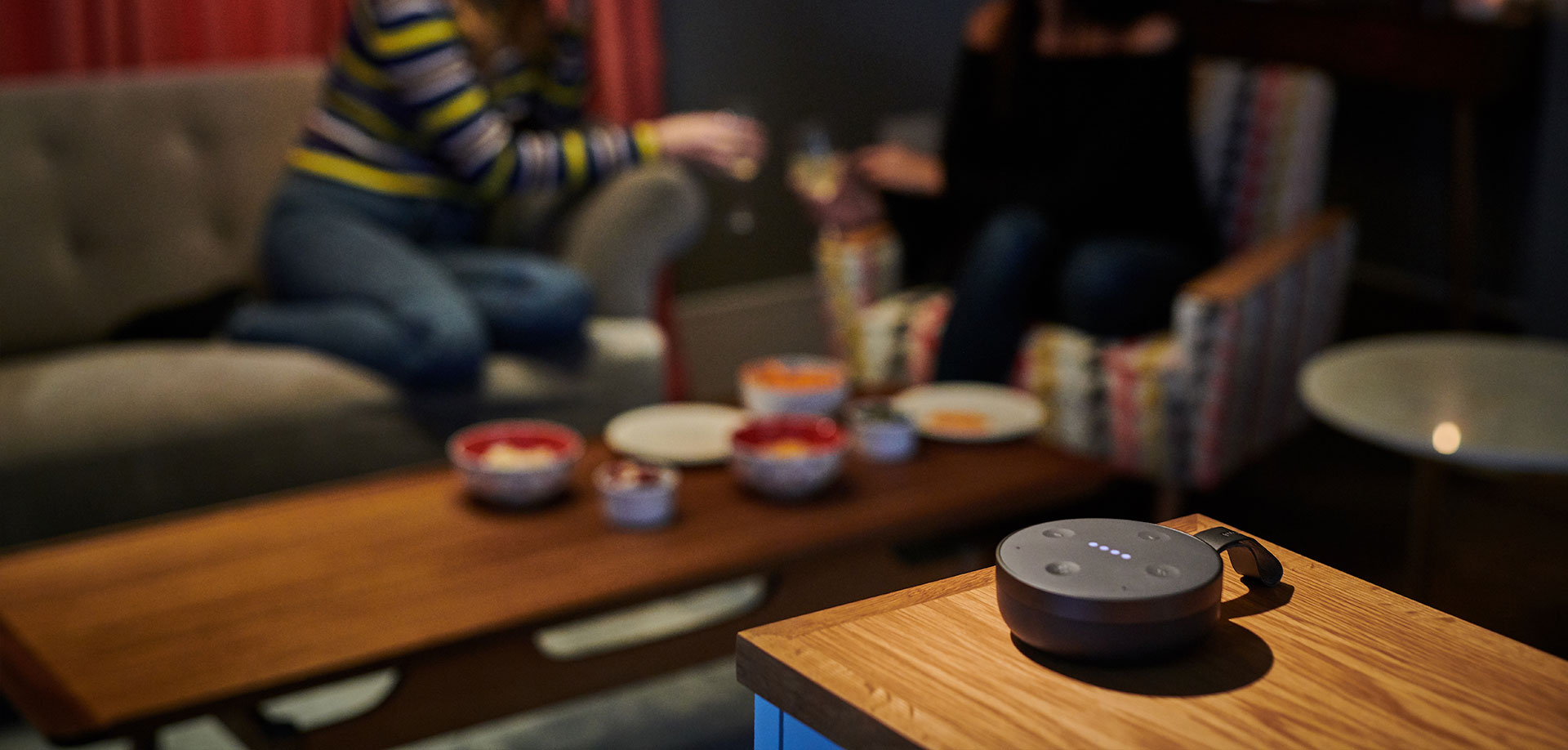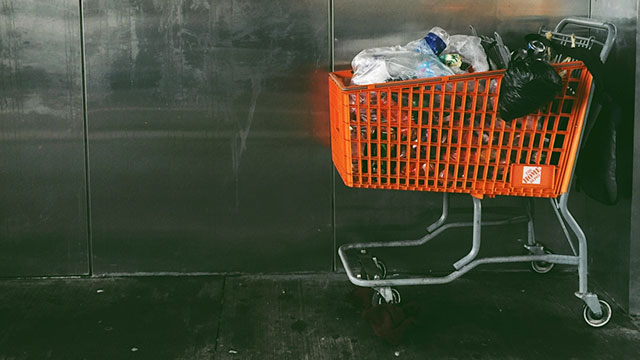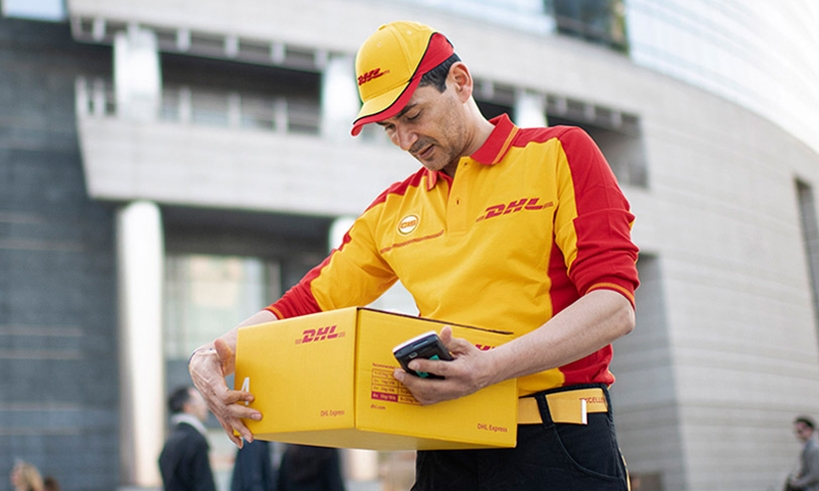Covid-19 is affecting shopping habits everywhere – but what does that mean for e-retailers? We take a look at what's been happening, and how it could affect the near-future of e-commerce.

This article will cover:
The global landscape, shrinking sectors, growing markets, surprise packages, changing direction in challenging times, Direct to Consumer (DTC) models, and changing consumer behavior.
The global landscape
Well over 100 countries have been placed in a state of lockdown since the COVID-19 pandemic began. With restrictions placed on daily life, certain categories have suffered, while others have thrived, and some businesses have changed altogether.
We covered how what’s happening in China might forecast buying habits, and what will happen around the world, in the coming months in our recent article – and how mobile commerce, tech, and more ethically responsible shopping are coming to the fore. But right now, we’re seeing changes in e-commerce habits across the globe.
Emarsys’ CCInsight has been mapping online purchases during COVID-19 as compared to last year, and we can see there are plenty of differences country to country. In the seven-day period 8-15 April 2020, Canada has seen a 167% rise in online retail shopping, while Russia has seen a 28% fall. In the midst of all this, ConvertCart1 has taken a look at the U.S. e-commerce market throughout, offering real-time figures across industries, while Stackline2 has been documenting the sectors that have seen the biggest changes in their sales, so let’s take a look at the most significant movers.
Shrinking retail sectors
Being forced to stay at home comes with a knock-on effect for certain product types. And, with less people travelling, it’s luggage and briefcases that have seen the biggest hits – both seeing a decline of 77% since the coronavirus was first reported.
Swimwear, running shoes, party supplies, bridal clothing and formalwear have all fallen victim to the change in circumstances, too, reflecting the unfortunate situation the world finds itself in with regards to mass gatherings. We’re sure, however, that people will be looking for reasons to celebrate (or swim) once the restrictions ease, and that these categories will show signs of recovery.
Growing online retail markets
When you’re stuck at home, you need things to do. There are only so many YouTube cat videos you can watch. And, with gyms around the world closing their doors, weight training equipment has seen a more than 300% surge in online orders. For those not looking to bulk up over this time, or wanting something to do after their session, craft kits have seen sales increase by 117%.
Away from activities, foodstuffs are in popular demand of course – as people look to avoid staring into an empty cupboard come dinnertime. Soups, pasta, rice, vegetables, fruit cups, cereals and flour are all in the 20 biggest-growing e-commerce categories. And straddling the two distinctly different departments? Bread machines.
Surprise packages
The second biggest increase (after disposable gloves, unsurprisingly) has seen sales of bread machines soar. A massive 652% increase in sales reflects both the public’s desire to keep themselves busy, and their desire to keep themselves fed. Be honest, have you thought about baking your own bread over the last few weeks? Thought so. Now's the time to do it!
Other more surprising (depending on your outlook) risers have been ping pong sets (+89%), pet training pads and trays (125%) and hair coloring kits (+115%). Sticking with the latter, it’s almost impossible to get hair clippers on Amazon at the moment, with many people boasting freshly-shaven heads as a result of the circumstances.
Changing direction in challenging times
As Web Smith of 2PM tweeted. “Digital-natives that sell or market non-essentials can be placed into two categories: No. 1: awaiting normality’s return. No. 2: invents or sources a product that becomes essential. Peel3 is one of those companies in category two; everyone will own one of these.”
While some can be accused of profiteering from a global emergency, those who create genuinely useful products that will make a difference can seize the opportunity for good. A keychain that allows you to avoid touching potentially infected surfaces definitely falls into the useful category right now. In fact, Entrepreneur4 ran an article that highlighted the opportunity for fresh thinking that recessions and pandemics can bring. From Alibaba to Uber, changing times call for changing ways of doing things – something worth bearing in mind if you’re considering your next steps.
However, for many companies, the urge has been to help – in whatever way possible. It’s been well documented that in many countries, there have been shortages of essential items for helping stop the spread of COVID-19. Hand sanitizers, face masks and eye protection have all been in high demand, with many companies switching their production streams to help in whatever way they can.
“We have launched a non-profit initiative to help prevent the spread of the coronavirus pandemic. Being a full-time sign making company, we have ceased regular business operations to instead produce protective face shields and donate them to medical workers fighting in the front lines of COVID-19. We have already donated 680 face shields to 8 hospitals as of April 7th and our goal is to continue sharing with all healthcare facilities throughout the nation. All the profit from the sale of our face shields is put towards the production of new ones that will be donated to hospitals in need.“ - Liana Sargsyan, Front Signs5
A non-profit scheme, which can keep you ticking over in the meantime, as well as helping to tackle the difficult situation we find ourselves in, is another way to go. And while it might not be as profitable, there's a lot to be said for goodwill in the bank.
Direct to Consumer (DTC)
“We're in a moment where situations quickly change, and brands should provide customers with assurance, connection and control. By adopting a business strategy that's more direct to consumer, brands can take great strides toward becoming customer-obsessed and meeting the needs of their audiences. Those who will do best long-term are the ones that can pivot their content strategies and platforms fastest.” - Pablo Stefanini, Forbes6
In the UK, food wholesalers are turning to a DTC model as they strive to keep their balance sheets ticking over, according to Econsultancy7. One of the keys, they say, is the ability to sell on social media. Having a presence where your potential customers are is key to engaging with them – and when you’re fighting to keep your business in the black, it could be an avenue worth pursuing.
Differences in behavior
Across genders and generations, people have reacted in different ways to the developing situation. According to BigCommerce8, Gen Z and Millennials are cutting back on spending, stocking up on items, and spending less on experiences (although the latter is to be expected). Gen X and Boomers, meanwhile, are seemingly less concerned – perhaps as a result of having lived through more testing times – as only 24% of Boomers and 34% of Gen X are letting the current situation affect what they buy, compared to nearly half of Millennials.
As for the gender gap, it throws up some interesting results. While women are more likely to be concerned, it is men’s spending habits that are being affected. Also, men are turning to BOPIS (buy online, pick-up in store) services, curbside pickups, and subscription services more than women are. More men are also reportedly spending less on travel and entertainment than women, and are spending more money on groceries than previously.
While we may never return to a pre-COVID normality, the new normal will be an interesting scenario. How your brand acts now will have huge ramifications for its future – whatever it holds – so keep coming back to Discover by DHL for the latest e-commerce updates.
1 - ConvertCart
2 - Stackline
3 - Peel
4 - Entrepreneur
5 - Front Signs
6 - Forbes
7 - Econsultancy
8 - BigCommerce

